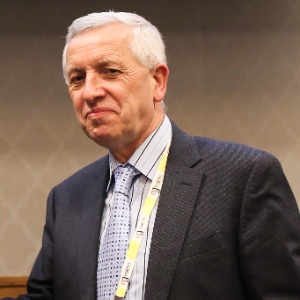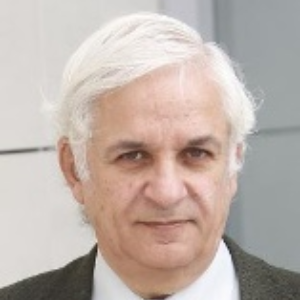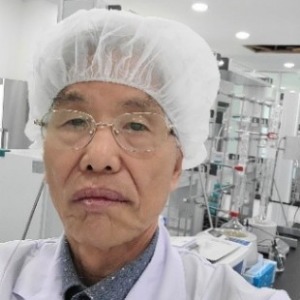Because it is readily accessible and readily reactive, carbon monoxide is frequently utilised as a reactant in industrial chemistry. Protein side chain oxidation is referred to as carbonylation. One of the most significant types of transition-metal-catalyzed processes is carbonylation, which entails the incorporation of carbon monoxide into an organic molecule like an alcohol or an alkene. From a number of carbon sources, such as coal and natural gas, carbon monoxide is a very simple and inexpensive feedstock that may be produced by steam reforming or partial oxidation, which produces synthesis gas (syn-gas), a combination of carbon monoxide and hydrogen gas. In several transition-metal complexes, carbon monoxide functions as a ligand by exploiting the carbon lone pair to create a dative OC-M bond and by acting as a potent-acceptor. Following coordination, these interactions cause the CO ligand to become activated, rendering it vulnerable to assault from outside nucleophiles as well as intramolecular ligand migration events.

Stanislaw Dzwigaj
Sorbonne University, France
Anne M Gaffney
University of South Carolina, United States
Victor Cerda
University of the Balearic Island, Spain
Marta I Litter
Sapienza University of Rome, Italy
Dae Dong Sung
Korea University Sejong Campus, Korea, Republic of
Enrico Paris
CREA-IT & DIAEE, Italy
Collin G Joseph
University Malaysia Sabah, Malaysia



Title : A desirable framework for establishing a resource circulation society
Dai Yeun Jeong, Jeju National University, Korea, Republic of
Title : Design of efficient and stable structured catalysts for biofuels transformation into syngas by using advanced technologies of nanocomposite active components synthesis, supporting on heat conducting substrates and sintering
Vladislav Sadykov, Novosibirsk State University, Russian Federation
Title : Application of vanadium, tantalum and chromium single-site zeolites in heterogeneous catalysis
Stanislaw Dzwigaj, Sorbonne University, France
Title : Personalized and precision medicine (ppm) as a unique healthcare model through bi-odesign-inspired bio- and chemical engineering applications to secure the human healthcare and biosafety: Engineering of biocatalysts - from evolution to creation
Sergey Suchkov, N.D. Zelinskii Institute for Organic Chemistry of the Russian Academy of Sciences, Russian Federation
Title : Catalytic potential of biochar derived from heavy-metal-contaminated biomass
Enrico Paris, CREA-IT & DIAEE, Italy
Title : Effective B2O3 modified Ni/Al2O3 co precipitated catalysts for waste cooking oil transformation into green diesel
Eleana Kordouli, University of Patras, Greece